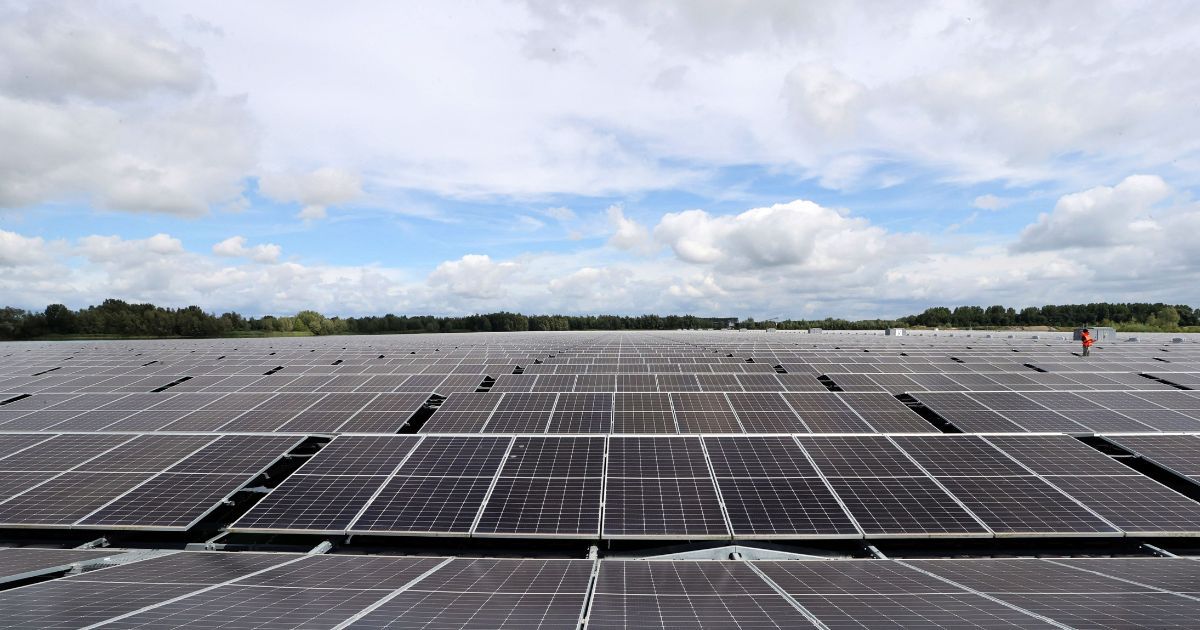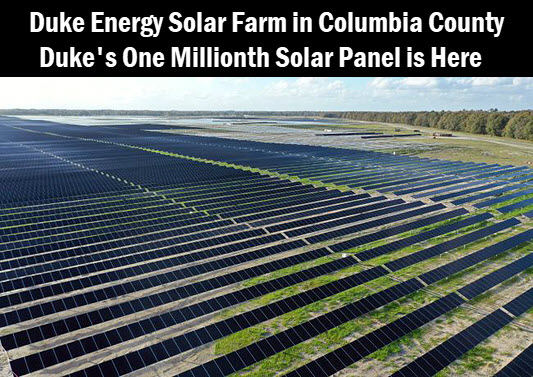Batcat
Diamond Member
- Aug 29, 2020
- 10,678
- 8,927
- 2,138
That causes me to wonder why power companies are spending huge sums of money building solar power farms all over Florida and people are putting solar power panels on their roofs.Well, isn't this special...
Researchers in England tested five major brands of PV panels and found that they lose 0.35% of their output for each one degree C rise above 77 degrees F. When you consider that these panels only output around 70% of rated value anyway, even in direct sunlight, once you reach about 85degrees F the logarithmic loss becomes very problematic. Many of our solar fields are in desert regions where temperatures generally climb into the 100's daily, meaning they are pretty much a waste of resources to place them there. Your roof top is no different and generally reaches 120 deg F daily. Now these solar panels are clogging up landfills...

Solar Panels Suffer Stunning Failure as Weather Becomes 'Too Hot' for Them to Handle
The Western Journal has retracted this commentary.www.westernjournal.com
Right now at 4:30 PM in the panhandle of Florida it is 93°, just another day in the sunshine state.


